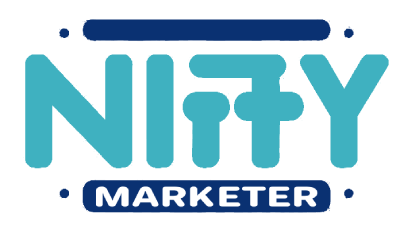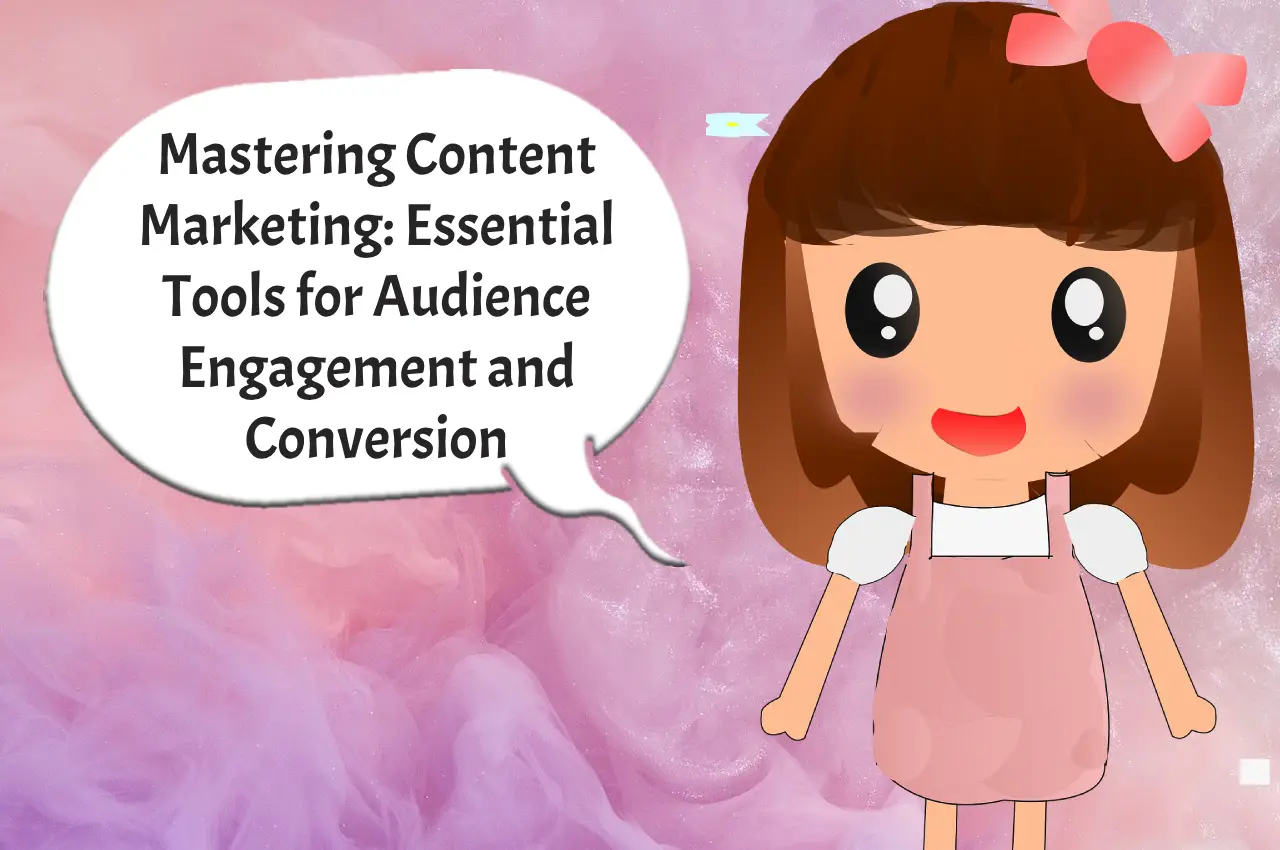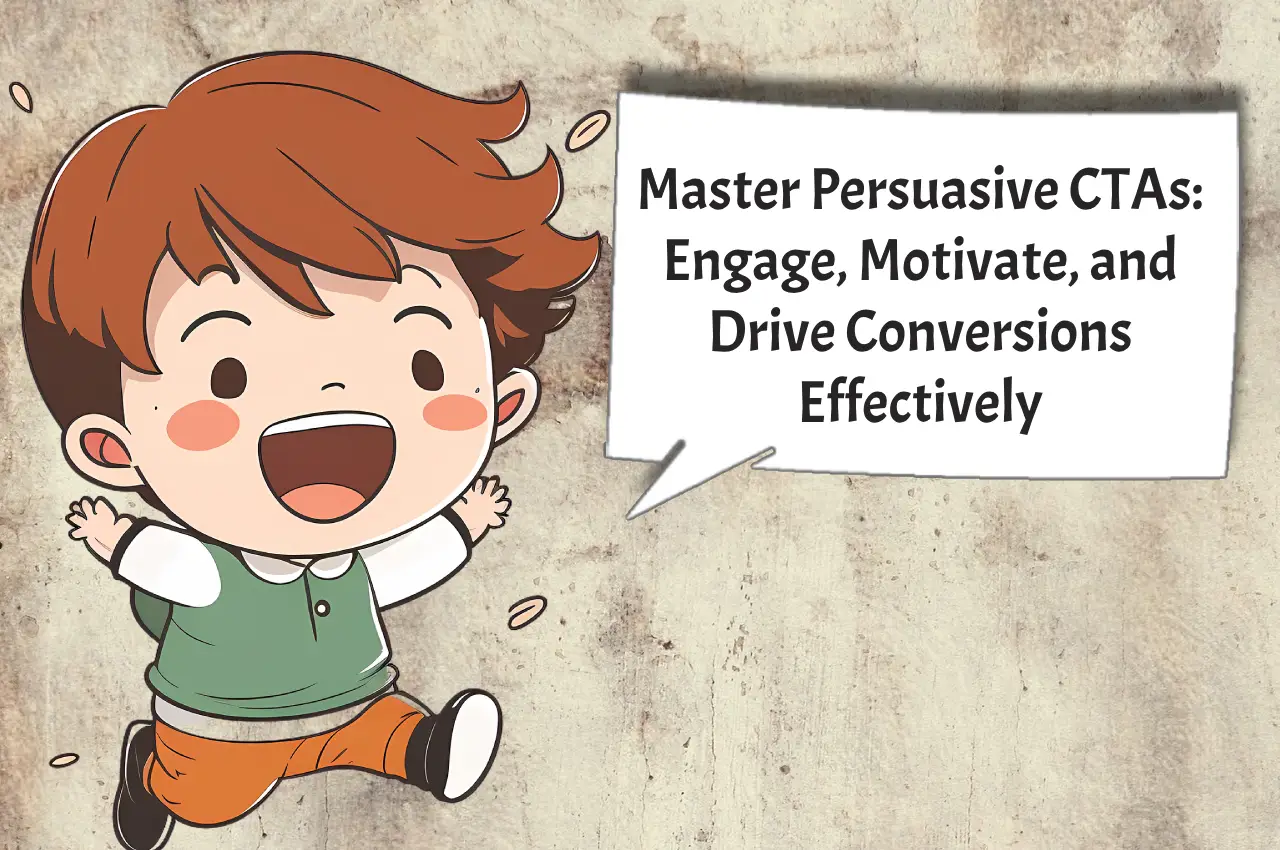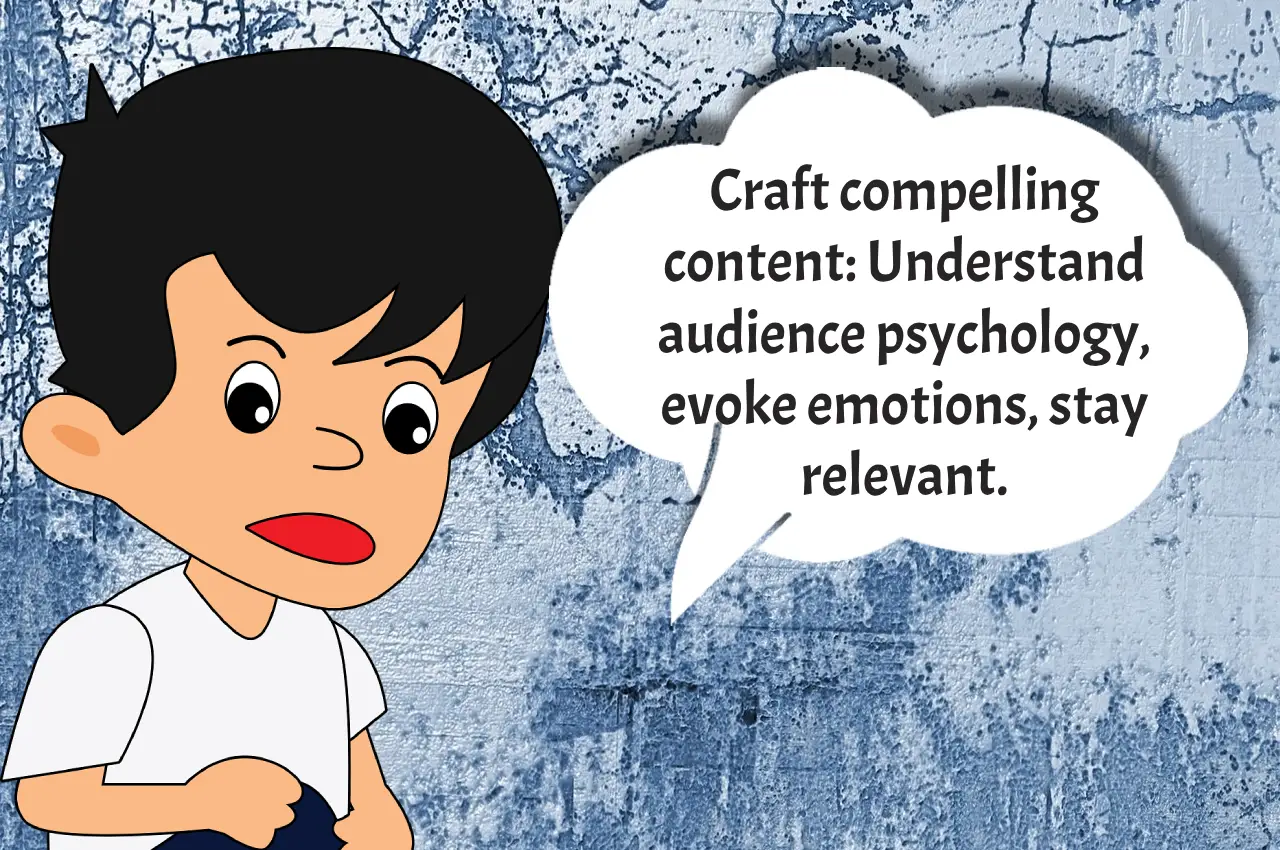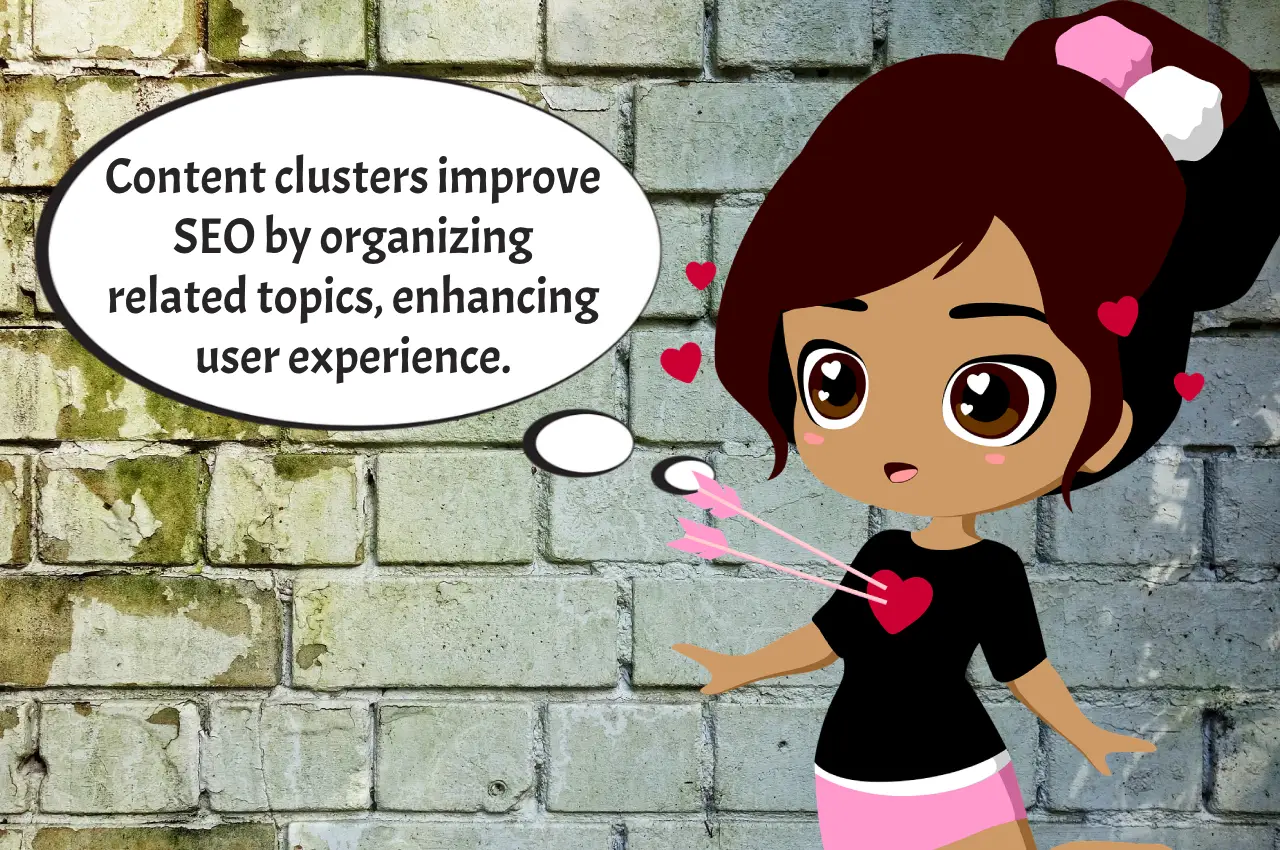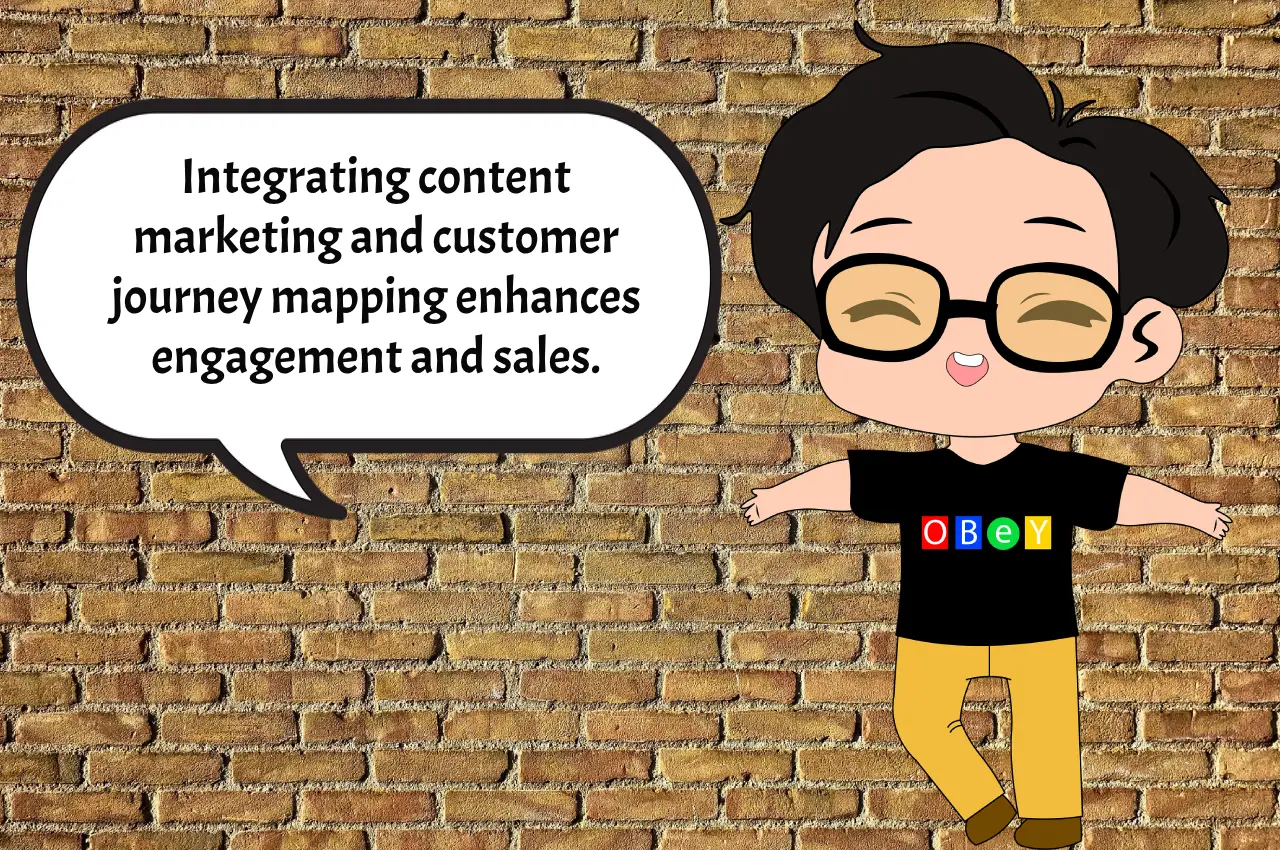In the fast-evolving landscape of digital marketing, content remains king. Marketers understand the pivotal role content plays in engaging audiences, driving traffic, and ultimately, converting leads into customers. But with the ever-increasing demand for high-quality content, the need for effective tools and resources has become more pressing than ever before. In this blog post, we’ll delve into the essential content marketing tools and resources every savvy marketer should have in their arsenal.
Understanding Your Audience:
Before diving into content creation, it’s crucial to understand your target audience. Tools like Google Analytics, SEMrush, and Ahrefs provide invaluable insights into audience demographics, behavior, and preferences. By leveraging these tools, marketers can tailor their content to resonate with their audience, thereby maximizing engagement and conversion rates.
Crafting Compelling Content:
Once you’ve gained a deep understanding of your audience, the next step is to create compelling content that captures their attention and adds value. Content creation tools such as Canva, Adobe Creative Cloud, and Grammarly empower marketers to design visually stunning graphics, edit images, and ensure impeccable grammar and style. These content marketing tools streamline the content creation process, enabling marketers to produce high-quality content consistently.
Search Engine Optimization (SEO):
In today’s digital landscape, search engine optimization (SEO) plays a crucial role. It ensures your content gets discovered by your target audience. Tools like Yoast SEO, SEMrush, and Moz Keyword Explorer are essential. They help marketers optimize their content for search engines. These tools identify relevant keywords, analyze competitors’ strategies, and monitor search performance. By incorporating SEO best practices into your content marketing strategy, you can increase your visibility. This visibility boosts your ranking in search engine results pages (SERPs). As a result, you attract more organic traffic to your website.
Leveraging User-Generated Content:
User-generated content (UGC) has emerged as a powerful tool for enhancing brand authenticity and credibility. Platforms like Instagram, TikTok, and Yelp enable users to create and share content related to your brand, products, or services. By encouraging user-generated content and leveraging it in your marketing campaigns, you can foster a sense of community, build trust with your audience, and amplify your brand’s reach organically.
Embracing Video Content:
Video has become one of the most popular and engaging forms of content on the internet. Platforms like YouTube, Vimeo, and TikTok provide marketers with a platform to create and share compelling video content with their audience. Whether it’s product demos, how-to guides, or behind-the-scenes footage, video content allows marketers to convey their message in a more engaging and memorable way. By incorporating video into your content marketing strategy, you can capture the attention of your audience and drive higher engagement and conversion rates.
Personalizing the Customer Experience:
Personalization has become increasingly important in today’s competitive marketplace. Content marketing tools like HubSpot, Marketo, and Salesforce enable marketers to deliver personalized content and experiences to their audience based on their interests, preferences, and behavior. By segmenting your audience and delivering tailored content across various touchpoints, you can enhance the customer experience, foster deeper connections with your audience, and drive higher levels of engagement and loyalty.
Harnessing the Power of Influencer Marketing:
Influencer marketing has emerged as a popular strategy for brands looking to reach new audiences and drive brand awareness. Platforms like Instagram, YouTube, and TikTok connect brands with influencers who have a large and engaged following in their niche. By partnering with influencers to create and promote content related to your brand, products, or services, you can tap into their credibility and influence to reach new audiences and drive conversions. However, it’s essential to choose influencers whose values align with your brand and whose audience overlaps with your target demographic for maximum impact.
Cultivating Brand Advocates:
Brand advocates are loyal customers who are passionate about your brand and willing to promote it to others. Cultivating brand advocates involves building strong relationships with your customers, delivering exceptional customer experiences, and empowering them to share their love for your brand with others. Tools like ReferralCandy, Ambassador, and Yotpo help marketers identify and incentivize brand advocates, turning them into powerful ambassadors for your brand. By harnessing the power of brand advocacy, you can generate positive word-of-mouth, drive customer acquisition, and foster long-term loyalty.
Content Distribution and Promotion:
Creating great content is only half the battle; effectively distributing and promoting it is equally important. Social media management tools like Hootsuite, Buffer, and Sprout Social help marketers schedule posts. They also track engagement and analyze performance across various social media platforms. Additionally, email marketing platforms such as Mailchimp and Constant Contact enable marketers to deliver targeted content. They provide personalized content directly to their audience’s inbox, driving engagement and nurturing leads.
Analyzing Performance and Optimization:
In the ever-changing landscape of digital marketing, continuous optimization is key to staying ahead of the competition. Tools like Google Analytics, Moz, and Hotjar provide comprehensive analytics and insights into content performance, allowing marketers to identify areas for improvement and optimize their strategies accordingly. By leveraging these content marketing tools, marketers can refine their content marketing efforts, drive better results, and ultimately, achieve their business objectives.
Collaboration and Project Management:
Effective collaboration and project management are essential for seamless content creation and execution. Collaboration tools such as Slack, Microsoft Teams, and Trello facilitate communication and streamline workflow, enabling teams to collaborate efficiently regardless of their location. These tools promote transparency, accountability, and productivity, ensuring that projects are completed on time and within budget.
Staying Updated with Industry Trends:
In the dynamic world of digital marketing, staying updated with the latest trends and developments is paramount. Content curation tools like Feedly, Pocket, and Flipboard aggregate content from various sources, allowing marketers to stay informed and inspired. Additionally, attending industry conferences, webinars, and workshops provides valuable networking opportunities and firsthand insights into emerging trends and best practices.
Conclusion:
In conclusion, effective content marketing requires a strategic approach and the right set of tools and resources. By leveraging content marketing tools, marketers can enhance audience research, content creation, and distribution. These tools also help with performance analysis and collaboration. Staying updated with industry trends is crucial as well. Marketers can elevate their content marketing efforts and drive tangible results. Remember, success in content marketing isn’t just about creating great content. It’s about delivering the right content to the right audience at the right time.
Are you ready to take your content marketing to the next level? Share your thoughts and experiences in the comments below and let’s continue the conversation!
